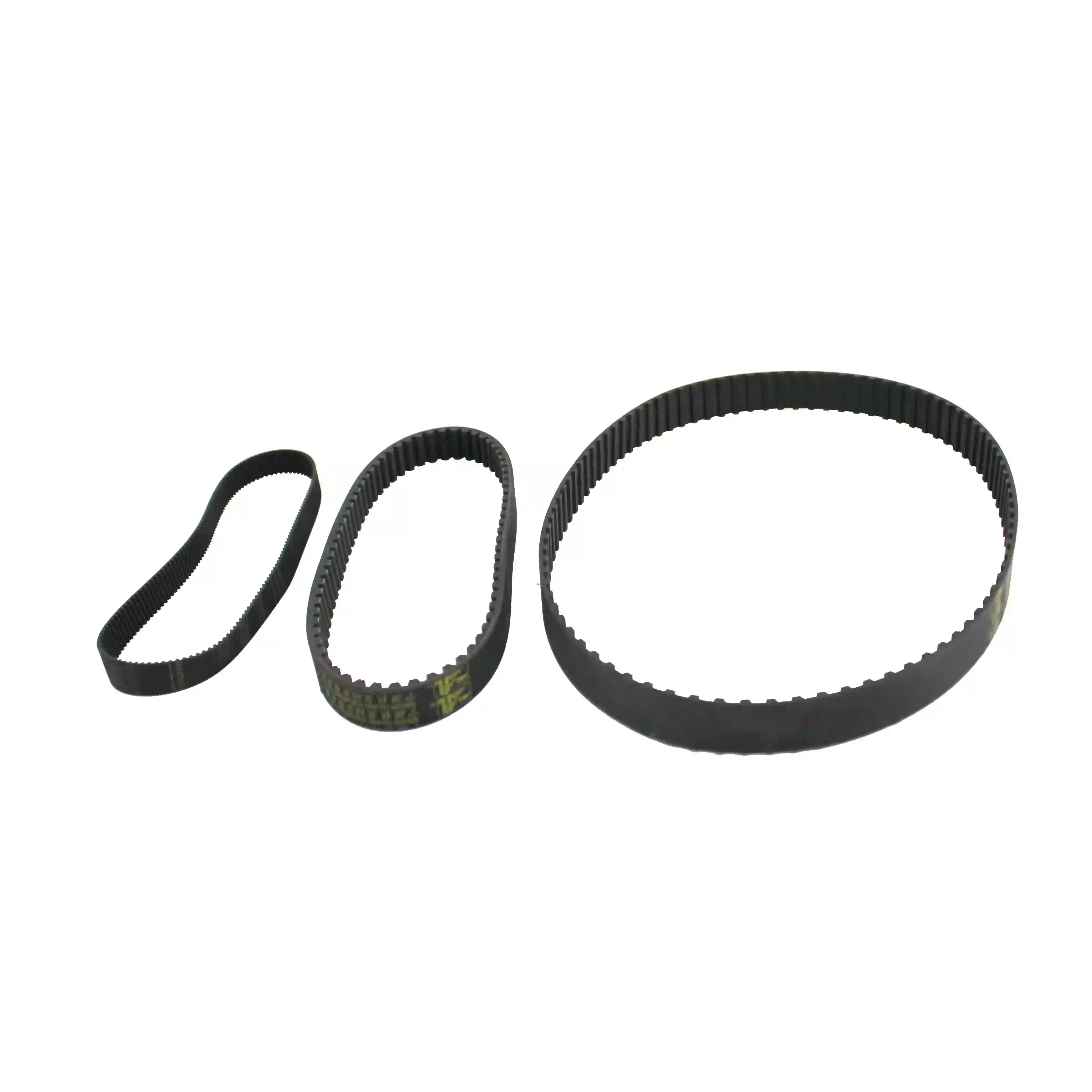Understanding the Function and Design of Synchronous Belt Wheels in Mechanical Systems
Understanding Synchronous Belt Wheels Mechanics and Applications
Synchronous belt wheels, also known as timing pulleys, play an essential role in various mechanical systems by transferring motion and power between rotating shafts. Unlike traditional belt systems, which may slip, synchronous belts are designed to maintain precise timing and alignment, ensuring that they effectively synchronize the movement of connected components. In this article, we will explore the mechanics, types, applications, and advantages of synchronous belt wheels.
Mechanics of Synchronous Belt Wheels
At the core of a synchronous belt wheel system is a toothed belt that meshes with the teeth on the pulleys. This design prevents slippage, allowing for accurate transmission of rotational motion. The teeth on both the belt and wheels are precisely engineered to ensure that the belt moves smoothly and efficiently without riding over the teeth. As the driving pulley rotates, the belt engages with the driven pulley, transferring torque and motion seamlessly.
Synchronous belts are generally made from high-strength materials like neoprene or polyurethane, reinforced with fibers such as fiberglass or Kevlar. This reinforcement enhances durability and reduces stretch, thus maintaining the integrity of the system over time. Additionally, the design can accommodate various tooth profiles, which can be tailored to the specific application requirements.
Types of Synchronous Belt Wheels
Synchronous belt wheels come in different types to cater to various mechanical needs. The most common types include
1. HTD (High Torque Drive) Pulleys Designed for high torque applications, these pulleys feature deeper tooth profiles that provide improved engagement between the belt and wheel. HTD systems are widely used in automotive timing belts.
2. GT2 Pulleys Known for their versatility, GT2 pulleys are often used in 3D printers and CNC machines. Their design allows for minimal backlash, ensuring accurate positioning.
4. Poly V Pulleys These pulleys use a series of smaller V-shaped belts and are ideal for applications where compactness and high power transmission are needed.
synchronous belt wheel

Applications of Synchronous Belt Wheels
Synchronous belt wheels find widespread use across multiple industries. In the automotive sector, they are integral to engine timing systems, ensuring that components such as the camshaft and crankshaft are synchronized accurately. In industrial machinery, synchronous belts are used in conveyor systems, robotics, and CNC equipment, where precise control and minimal vibration are essential.
Other applications include HVAC systems, where they help maintain efficient operation of fans and blowers, and in textile manufacturing for driving looms and sewing machines. The aerospace industry also leverages synchronous belt wheels in various applications, emphasizing their reliability and efficiency.
Advantages of Synchronous Belt Wheels
The use of synchronous belt wheels offers numerous advantages compared to traditional belt drive systems. Key benefits include
- Precise Timing The elimination of slippage ensures that all components operate in sync, which is critical in high-performance applications.
- Reduced Maintenance Synchronous belts generally require less maintenance than chains or traditional belts, as they do not need regular tensioning and are less prone to wear.
- Quiet Operation The meshing of teeth reduces noise levels, making synchronous belt systems suitable for environments where noise reduction is essential.
- High Efficiency They have a lower frictional loss compared to other systems, thus improving overall energy efficiency.
In conclusion, synchronous belt wheels are a vital component in modern engineering, enhancing the performance and reliability of a wide range of machinery. Their unique construction and design offer precise motion control, making them indispensable in today's fast-paced industrial environment. As technology advances, the evolution of synchronous belt drive systems will likely lead to even more innovative applications and improvements.








